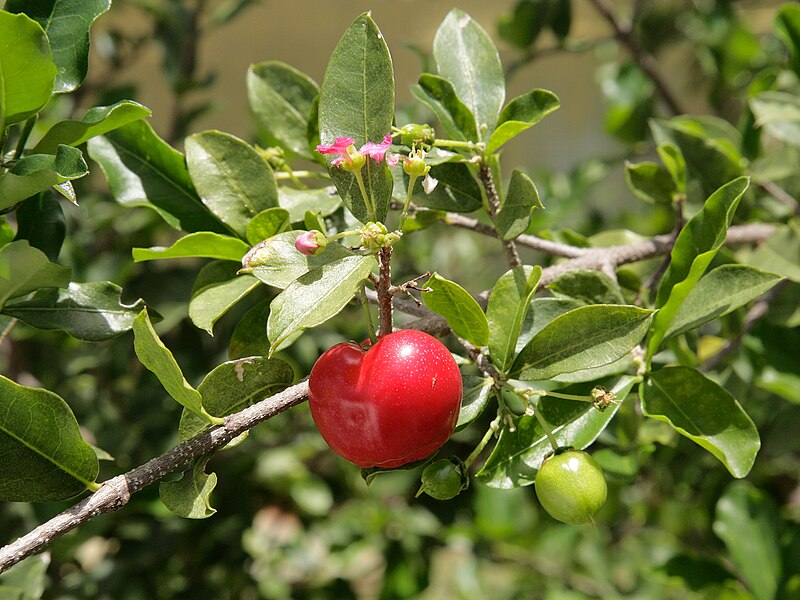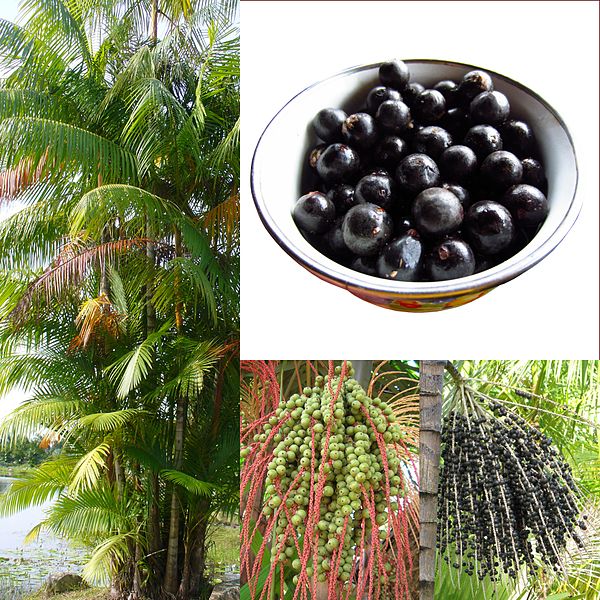. It has yellow flowers with egg-shaped petals on spikes. The very pleasing aroma is similar to that of a apricot.
The plant is mainly unbranched and has many leaves which vary in size from three inches at the top of the plant to seven inches at the bottom. It is a deep green plant with soft hairs. Even when the flowers and stems are dried they still maintain the pleasing scent.
This plant has been used to help those with sore throat, plain, inflammation, indigestion, bladder infections, arthritis, rheumatism urinary incontinence, gallstones, food allergies, asthma, cough, wound healing, psoriasis, acne, eczema, hemorrhoids, eye irritation, colitis, liver and kidney disorders, pimples, and skin irritations. Whew!
Most commonly the plant would be dried and then mashed into a powder which can then be mixed into a slurry, a decoction, herbal tea, or essential oils.
Agrimony also makes a good dye. When the plant is harvested in September it gives a pale yellow color to wool. Otherwise, when harvested later, it yields a darker, richer yellow color.
For educational purposes only This information has not been evaluated by the Food and Drug Administration.
This information is not intended to diagnose, treat, cure, or prevent any disease.
http://www.webmd.com/vitamins-supplements/ingredientmono-604-agrimony.aspx?activeingredientid=604&activeingredientname=agrimony
http://www.botanical.com/botanical/mgmh/a/agrim015.html
https://www.mountainroseherbs.com/products/agrimony/profile



